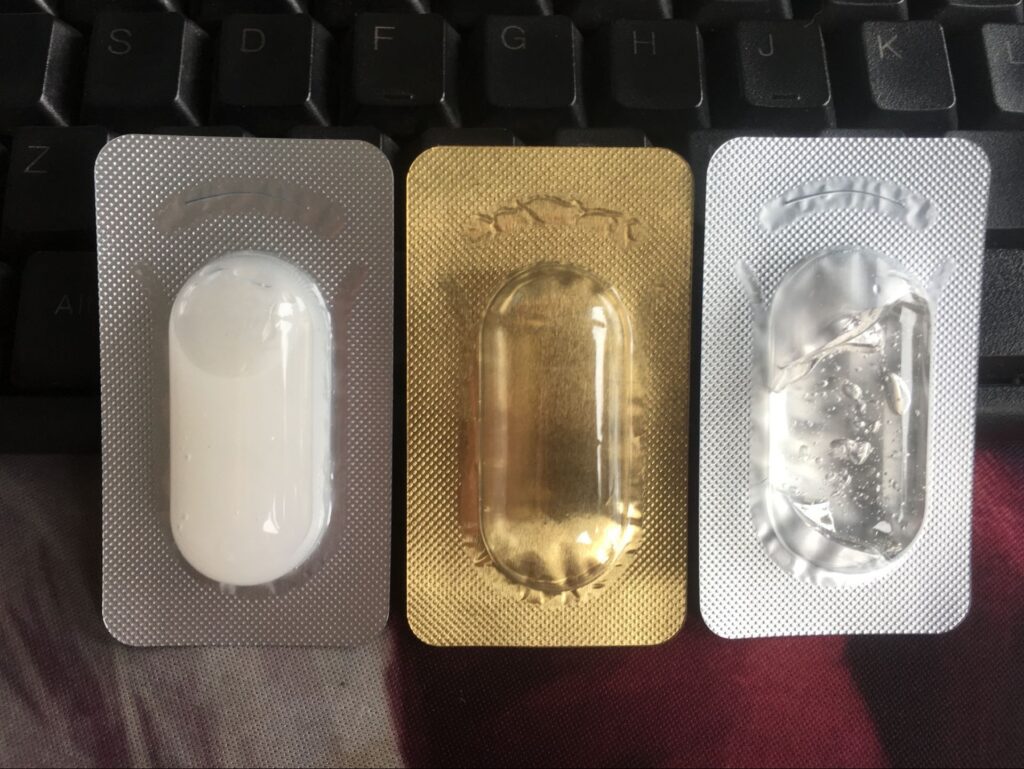Blister packaging machines are widely used but often face common problems. Here are simple solutions for the most frequent ones.

PVC ALU Blister packing machine
Liquid blister packaging machine
Poor forming of PVC and other plastics is usually caused by improper temperature or pressure. Check the heating settings—too low and the material won’t soften; too high may melt it. Adjust the pressure evenly to ensure the plastic forms correctly against the mold.
Aluminum foil sticking to the heat-seal film often happens when the heat-seal temperature is too high or the dwell time is too long. Lower the temperature slightly and reduce the time the film stays in contact with the heating element. Keeping the sealing area clean also helps prevent sticking.
Bad heat sealing can result from uneven pressure or incorrect temperature. Make sure the sealing rollers are aligned properly and apply consistent pressure. Test different temperature settings to find the sweet spot where the seal is tight without damaging the materials.
Inaccurate cutting is typically due to misalignment between the cutting tool and the blister. Check the machine’s guides and adjust the position of the cutting mechanism. Regular maintenance to keep moving parts lubricated can also improve precision.
Product jamming often occurs when the feeding mechanism is out of sync. Clean the feeding channels to remove rubbish and adjust the speed of the conveyor to match the machine’s operating Interval.
Low output may be caused by inefficient cycle times. Optimize the machine’s settings to reduce unnecessary pauses between cycles. Ensure all components are running smoothly—worn parts can slow down the process.
Unstable packaging quality is usually a sign of inconsistent settings or wear. Regularly calibrate the machine, replace worn parts, and keep a consistent supply of materials to avoid variations in quality.
By addressing these issues with simple adjustments and regular maintenance, you can keep your blister packaging machine running smoothly.

